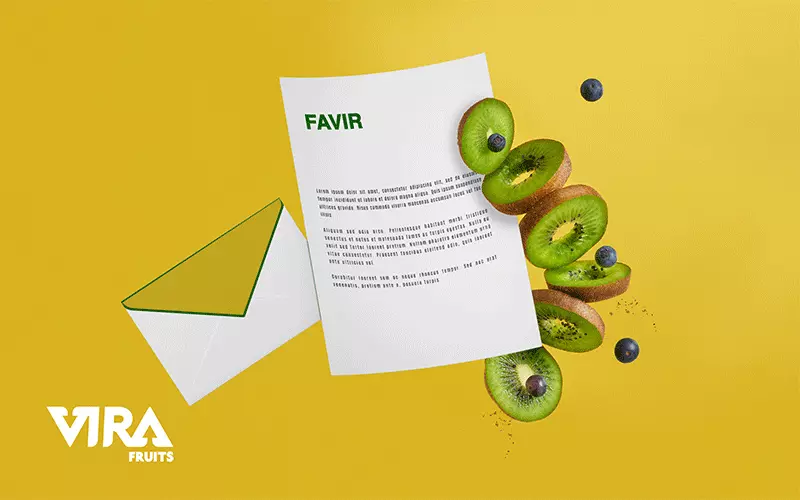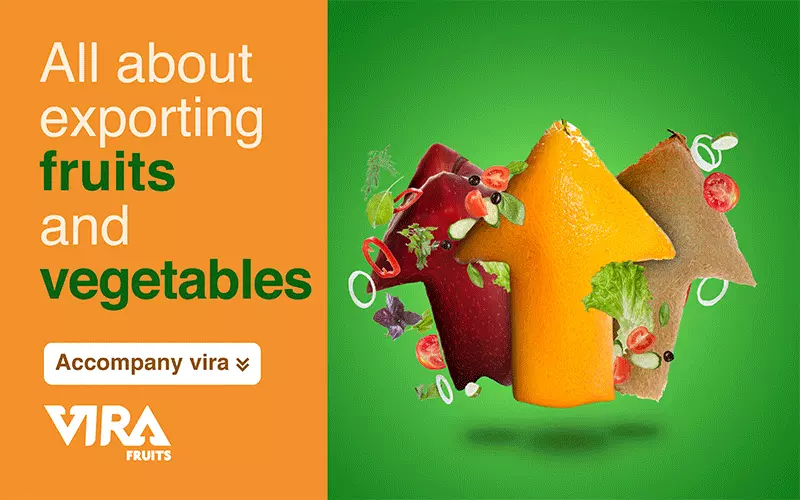Exporting fruits and vegetables is one of the hardest exports since they have a limited shelf time. For successfully doing so much information is required; information such as regulations and documents and the demand in various countries, your competitors, etc. This article guides you to start a good fruit and vegetable business and keep your customers satisfied.
Special requirements for importing
Prepared vegetables, prepared fruits, prepared nuts, etc., may have different requirements depending on the country they’re coming from. Different countries have different processes and formalities for importing cereals. Also, there could be differences in procedures and formalities associated with the importation of prepared vegetables, prepared fruits, or prepared nuts. These are just a few of the most common requirements across major countries.
Shelf life
A food importer should note that the shelf life of imported food products, such as prepared vegetables, fruits, nuts, etc., should not be less than 60% of the original shelf life.
Government agencies and Responsibilities
In the majority of countries, many government agencies are involved in import-exporting fruits and vegetables, including:
- the respective customs department of importing location
- Agriculture department
- Animal and Plant Health department
- Health department and Food and Drug safety department
Countries that cooperate with each other on quality have their products subjected to fewer inspections and share quality measures.
Food safety clearance
Prepared vegetables, Prepared fruits, Prepared nuts, etc., must undergo food safety clearance from the importing country. A sample of imported goods is drawn for testing purposes by sending it to a laboratory. This procedure is normally conducted this way.
Testing reports on imported goods are only released after they pass the test. In the case of routine imports, random inspections will be performed on import shipments.

Fruits and Vegetable Import Requirements (FAVIR) Database
Depending on their pest susceptibility, country of origin, and other factors, each type of fruit or vegetable has different regulations. The ports of entry for some fruits and vegetables are limited, while others can be accessed from any convenient port. Additionally, the regulations for produce change season of the year, as well as with pests discovered and various trade laws and regulations with other countries.
APHIS has developed a database that helps put an end to confusion when trying to import fruits and vegetables. The database includes descriptions of each type of product, as well as the possible shipping point. This database is known as the Fruits and Vegetable Import Requirements (FAVIR) Database. The latest information is constantly updated in the system, so you’ll be able to ship with confidence regardless of what you are shipping.

Requirements for exporting fruits and vegetables
Tariff code
According to the Harmonized Commodity Description and Coding System (HS code), a tariff code is a product-specific code that is a global system of numbers and names that defines how commodities are classified.
Mandatory requirements
It can be difficult to navigate the market and meet all the mandatory requirements. Fresh fruits and vegetables have very specific requirements, as well as general requirements, that apply to all food products.
Labeling
Consumers must receive a range of information about the food they purchase. Labeling rules assure this happens. A label must provide info about the class of the product if the marketing standard requires it. Moreover, some of these products need to be tagged with size and type of product.

Top fruit and vegetable exporters
Here are the top 5 countries that exported frozen vegetables with the highest value in dollars.
- Belgium
- China
- Spain
- Mexico
- Poland
Top exporting fruits and vegetables
The market is supplanted by importing and exporting fruits and vegetables all year round. The following is a list of some of the most profitable fruits and vegetables imported and exported:
- Apples
- Onions
- Avocados
- Bananas
- Melons
- Lemons
- Carrots
- Pineapples
- Potatoes
- Tomatoes
- Mangoes
- Grapes
- Peppers
- Watermelons
